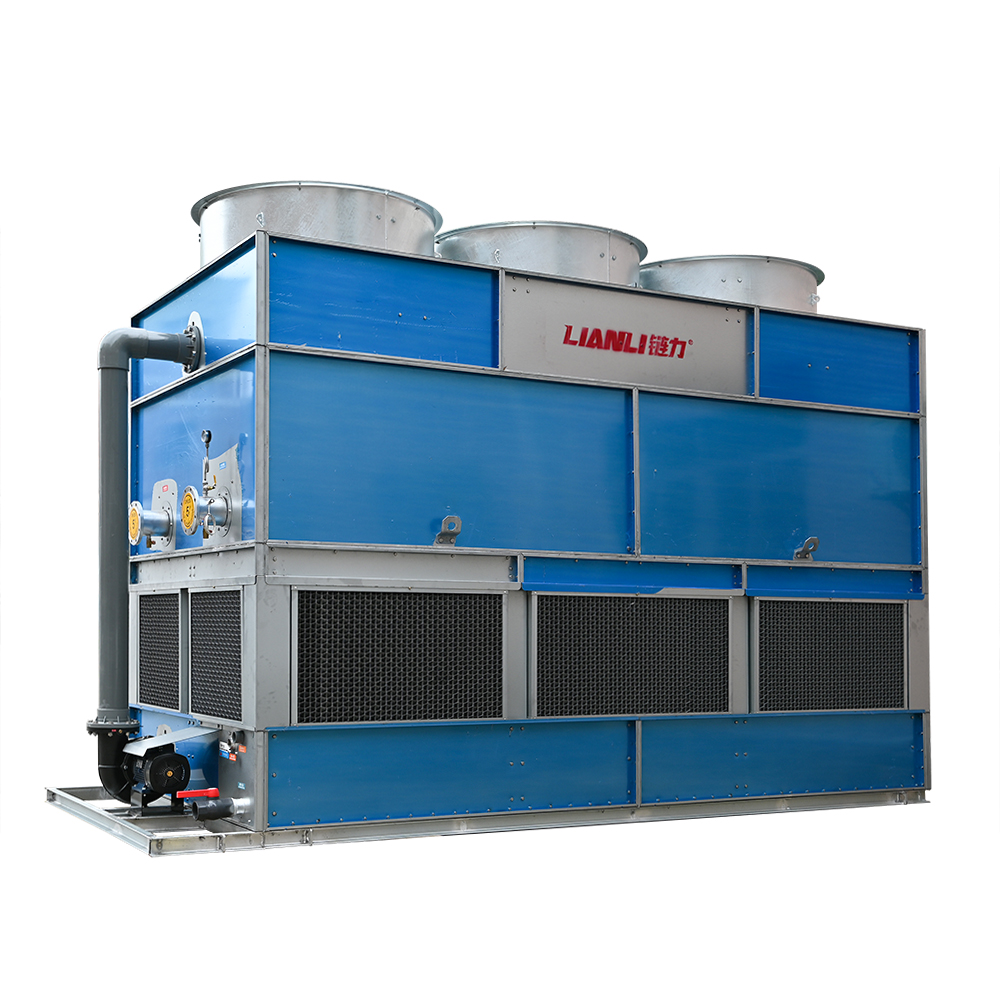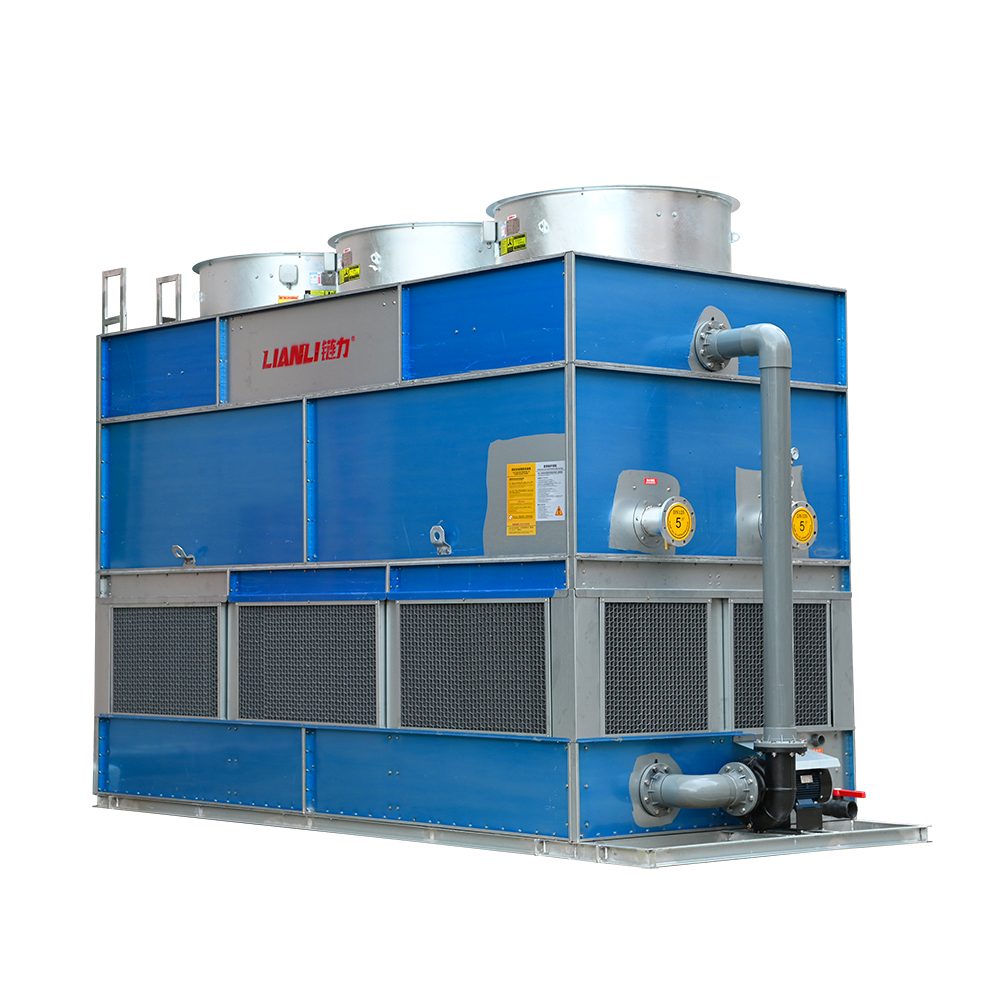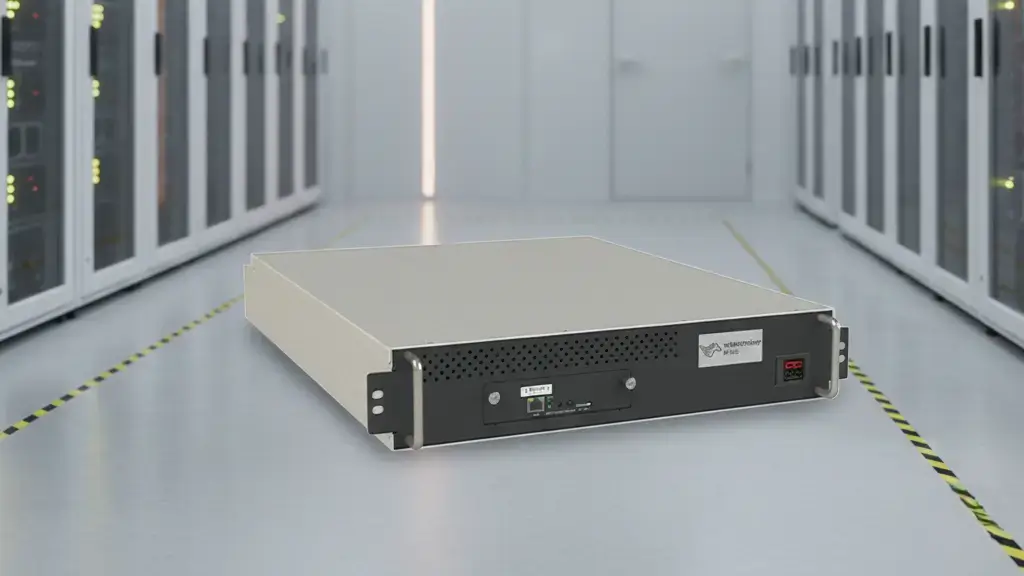The Environmental Benefits of Liquid .Cooling in Crypto Mining
Cryptocurrency mining has become a significant part of the global digital economy. However, it is also known for its high energy consumption and environmental impact. One promising solution to mitigate these effects is the adoption of
liquid cooling technology in crypto mining operations. This article explores the environmental benefits of
liquid cooling in crypto mining, focusing on energy efficiency, reduced carbon footprint, heat reuse, and long-term sustainability.
Enhanced Energy Efficiency
Traditional air-cooled mining systems rely on fans and ambient air to dissipate heat generated by mining hardware. These systems often require additional cooling infrastructure, such as air conditioning and ventilation, which significantly increases overall energy consumption. In contrast,
liquid cooling systems are far more efficient at transferring heat away from components. Liquids have a higher thermal conductivity than air, allowing them to absorb and carry away heat more effectively. As a result,
liquid cooling in crypto mining reduces the amount of electricity needed to maintain optimal operating temperatures, leading to substantial energy savings.



Lower Carbon Emissions
Because
liquid cooling technology improves energy efficiency, it also contributes to a reduction in carbon emissions. Crypto mining operations that switch to liquid cooling can lower their reliance on fossil fuel-based electricity, especially when paired with renewable energy sources. Additionally, the decreased need for air conditioning and other auxiliary cooling systems further reduces the carbon footprint of mining facilities. This makes
liquid cooling in crypto mining an essential tool in the industry’s efforts to become more environmentally responsible.
Heat Reuse and Circular Economy
Another significant environmental benefit of
liquid cooling in crypto mining is the potential for heat reuse. The heat absorbed by the cooling liquid can be redirected for other purposes, such as heating buildings, greenhouses, or even district heating systems. This not only improves the overall energy efficiency of the operation but also supports the principles of a circular economy by repurposing waste heat. In contrast, air-cooled systems typically release excess heat directly into the atmosphere, contributing to urban heat islands and energy waste.
Reduced Hardware Degradation and E-Waste
High temperatures can accelerate the wear and tear of mining hardware, leading to more frequent replacements and increased electronic waste.
Liquid cooling systems help maintain stable and lower operating temperatures, extending the lifespan of mining equipment. By reducing the rate at which hardware degrades,
liquid cooling in crypto mining helps minimize the generation of e-waste, which is a growing environmental concern.
Scalability and Long-Term Sustainability
As the demand for cryptocurrency mining continues to grow, the scalability of mining operations becomes a critical factor.
Liquid cooling technology offers a more sustainable path forward by enabling denser hardware configurations without overheating risks. This allows mining companies to scale their operations efficiently while maintaining environmental responsibility. In the long term, adopting
liquid cooling in crypto mining can help the industry align with global sustainability goals and reduce its ecological footprint.
Conclusion
The integration of
liquid cooling in crypto mining presents a compelling opportunity to address the environmental challenges associated with this energy-intensive industry. From enhanced energy efficiency and reduced carbon emissions to heat reuse and e-waste reduction, liquid cooling offers a range of benefits that support both economic and environmental sustainability. As the crypto industry continues to evolve, embracing innovative cooling solutions like liquid cooling will be crucial in building a greener and more responsible future.







